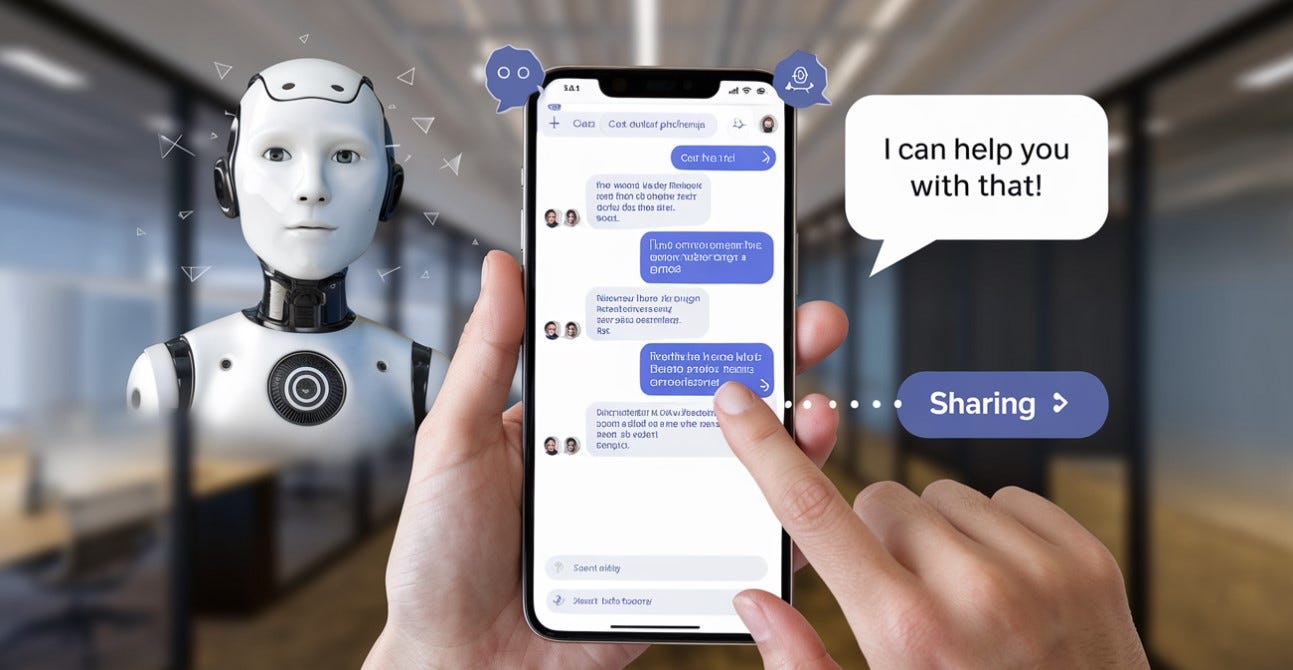This semester, Eugenia Novokshanova and I have started requiring our students to include links to their AI chat sessions when they submit certain exercises where we require the use of AI. For example, we have several “Paragraph Enhancement” exercises, where our students use a prompt that we have created, then upload a paragraph they have written, and the AI works like a personal tutor, asking them to rewrite and revise the paragraph sentence by sentence. When they are done, we require them to submit their original paragraph, the final paragraph, a link to their chat session, and a metacognitive reflection on the process. Last semester we didn’t require the chat link (we didn’t even think about it until Mike Kentz suggested it to me last summer), and we have found that link to be indispensable to our teaching! It is an essential aspect of the formative assessment of our writing students. When we use the chat link, we have a portal into the process of our students’ writing:
We can see how they got from the original paragraph to the final paragraph. Some students struggle more than others, and they struggle with different aspects of the exercise. Looking at the chat link helps us understand the challenges that each individual student faces in writing that paragraph.
We can see when students misunderstand our directions. This is one way formative assessment helps us be better teachers, and it has led us to revise how we instruct our students. For example, in the exercise, when the AI asked students, “Please revise your topic sentence to provide more information about the source,” some of our students repasted the entire paragraph with the revised sentence instead of simply writing the sentence. We made our directions much more explicit about how they were supposed to interact with the AI tutor.
We can see when students just don’t want to work with the AI. When a student receives direction from the AI tutor, sometimes, instead of doing the work, they will say “Move on,” or “I don’t want to do that.” Other times they will turn the work back on the AI by saying something like, “Write that for me.” Often those are the same students who will report that they didn’t get any real help from the AI. This helps us understand where those comments come from and helps us address any frustration students may be facing.
We can see if a student is pushing beyond our prompt to show especially ethical, responsible, or efficient use of AI. For example, the AI chatbot might start writing the paragraph for the student, and the student says, “You aren’t supposed to write this. You are supposed to just help me—like a tutor.” Or the student goes further than the AI chatbot to say something like, “I want to look harder at that quotation. Is there something I’m missing?” When this happens, we want to be able to reinforce the student in their use of AI and praise them for taking control.
The use of a chat link has even affected the way we approach teaching with AI in our classes, as it has been essential to our understanding of how our students understand and use AI in our writing classroom. We have become more aware of our responsibility to implicitly teach AI skills in our class. Before we were inferring those skills—teaching something with AI, but not directly teaching the student prompting or AI use. However, our understanding of the student interaction with AI, due to the use of chat links, has opened our eyes to the need to make our students aware of things that we didn’t really notice before—like how our students don’t have a clear understanding of how AI is different than Googling something, how you must take control of the chat session, and how they can direct AI outcomes through iteration.
As we design our courses for next semester, these are lessons we will be integrating into our coursework. More and more, every day, we are made aware of the fact that AI is not something you just “do.” AI is a skill that needs to be carefully and thoughtfully taught throughout the semester in order for our students to begin to master it.


